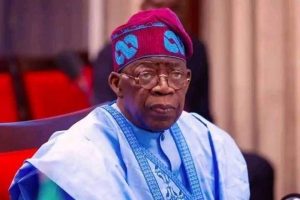Nigeria Surges To Third-Largest Debtor To World Bank’s IDA, Borrowing Hits $16.5bn

In a significant development, Nigeria has become the third-largest debtor to the World Bank’s International Development Association (IDA), with its borrowing increasing by 14.4% to $16.5 billion in the fiscal year 2024.
This surge in borrowing has pushed Nigeria ahead of India, which previously held the third position, and reflects a growing reliance on international financing to support the country’s development agenda.
According to the World Bank’s financial statements, Nigeria’s exposure to the IDA rose by $2.2 billion from $14.3 billion in 2023, marking a notable shift in its borrowing trends.
This increase comes under the administration of President Bola Tinubu, who has emphasized the need for significant investment in infrastructure and human capital to drive economic growth.
Nigeria’s rising debt profile is part of a broader trend among developing countries, which are increasingly turning to international institutions like the World Bank to finance their development goals. Bangladesh and Pakistan remain the top two IDA debtors, with exposures of $20.5 billion and $17.9 billion, respectively.
The IDA is the World Bank’s concessional lending arm, providing low-interest loans and grants to the world’s poorest countries. Nigeria’s growing borrowing from the IDA highlights the country’s ongoing development challenges and its need for external financing to support its economic growth and poverty reduction efforts.
Other significant IDA borrowers include Ethiopia, whose exposure grew from $11.6 billion in 2023 to $12.2 billion in 2024, and Kenya and Vietnam, both with $12.0 billion in 2024. These countries, along with Tanzania, Ghana, and Uganda, comprise the top ten IDA debtors, collectively accounting for 63% of the IDA’s total exposure as of June 30, 2024.
As Nigeria continues to navigate its economic growth and development trajectory, its increasing reliance on international borrowing will likely remain a key area of focus for policymakers and stakeholders.
==============